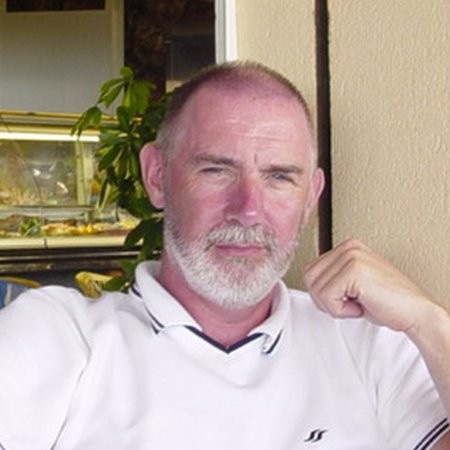Franz Marc's Email & Phone Number
German painter and graphic artist
Franz Marc's Email Addresses
Find personal and work emails for over 300M professionals
Not the Franz Marc you were looking for? Continue your search below:About Franz Marc
📖 Summary
Franz Marc was a renowned German painter and graphic artist who played a pivotal role in the development of the Expressionist movement in the early 20th century. Born on February 8, 1880, in Munich, Germany, Marc was the son of a professional landscape painter and a Calvinist mother. He studied at the Munich Academy of Fine Arts and later at the Kunstakademie in Munich.
Marc's work was characterized by bold, vibrant colors and a unique style that set him apart from his contemporaries. He was heavily influenced by the works of Vincent van Gogh and admired the bold use of color and expressive brushwork that characterized the Post-Impressionist movement. Marc's early works were heavily influenced by this style, but he later developed his own distinctive approach to painting.
One of Marc's most notable works is "The Large Blue Horses," which he created in 1911. This painting features vibrant blue horses in a wooded landscape, and it exemplifies Marc's unique style and his use of bold, expressive colors. The painting is a prime example of Marc's interest in the natural world and his desire to express the emotional and spiritual aspects of his subjects.
In addition to his paintings, Marc was also a talented graphic artist and printmaker. He created a series of woodcuts and lithographs that further showcased his interest in the expressive potential of line and form. These works often featured animal subjects, which were a recurring theme in much of his art.
An important aspect of Marc's work was his interest in the spiritual and emotional aspects of art. He was a member of the influential Blaue Reiter (Blue Rider) group, which was a loose collective of artists who sought to explore the spiritual and emotional aspects of art. The group also included the likes of Wassily Kandinsky and Gabriele Münter, and together they sought to create a new visual language that transcended traditional artistic conventions.
Marc's own spiritual beliefs heavily influenced his work, and he often sought to express the emotional and symbolic aspects of his subjects. He believed that animals, in particular, held a special spiritual significance, and he often portrayed them in his work as a means of exploring human emotions and desires. His interest in animals was also influenced by his own experiences with nature, as he spent much of his life in the Bavarian countryside, where he developed a deep connection to the natural world.
Tragically, Marc's life was cut short when he was killed in action during World War I at the young age of 36. Despite his untimely death, his impact on the art world was significant, and his work continues to be celebrated and studied to this day. His bold use of color, expressive brushwork, and unique approach to portraying the natural world have left a lasting legacy, and he is widely regarded as one of the most important figures in the development of German Expressionism.
In conclusion, Franz Marc was a highly influential German painter and graphic artist who played a pivotal role in the development of the Expressionist movement. His bold use of color, expressive brushwork, and unique approach to portraying the natural world set him apart from his contemporaries and have left a lasting impact on the art world. His work continues to be celebrated and studied to this day, and he is widely regarded as one of the most important figures in the development of German Expressionism.
Frequently Asked Questions about Franz Marc
What was Franz Marc known for?
Franz Marc, (born February 8, 1880, Munich, Germany—died March 4, 1916, near Verdun, France), German painter and printmaker who is known for the intense mysticism of his paintings of animals. He was a founding member of Der Blaue Reiter (“The Blue Rider”), an association of German Expressionist artists.Oct 21, 2023
What happened to Franz Marc?
After mobilization of the German Army, the government identified notable artists to be withdrawn from combat for their own safety. Marc was on the list but was struck in the head and killed instantly by a shell splinter during the Battle of Verdun in 1916 before orders for reassignment could reach him.
Why did Franz Marc use animals?
Franz Marc's 1910 call for the “animalization of art” stakes out the ground that he would harvest for the most fertile and productive years of his career. Before his early death in World War I, Marc used animal paintings to express a pantheistic vision of the harmony between animals and their natural environment.
How many paintings did Franz Marc paint?
Franz Marc - 120 artworks - painting.
Franz Marc's Email Addresses
People you may be
interested in
American writer and novelist
Football coach
Writer
Football running back
American singer and actress
Indian actress and film producer
Writer
American filmmaker and actor
American actress
American actress
English internet personality
American professional cook




